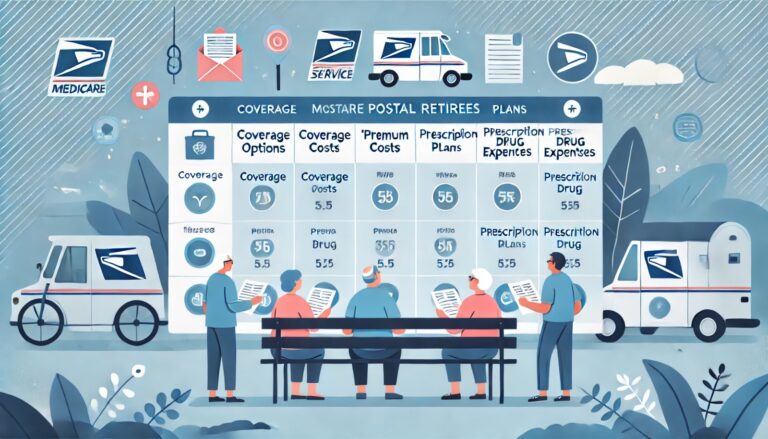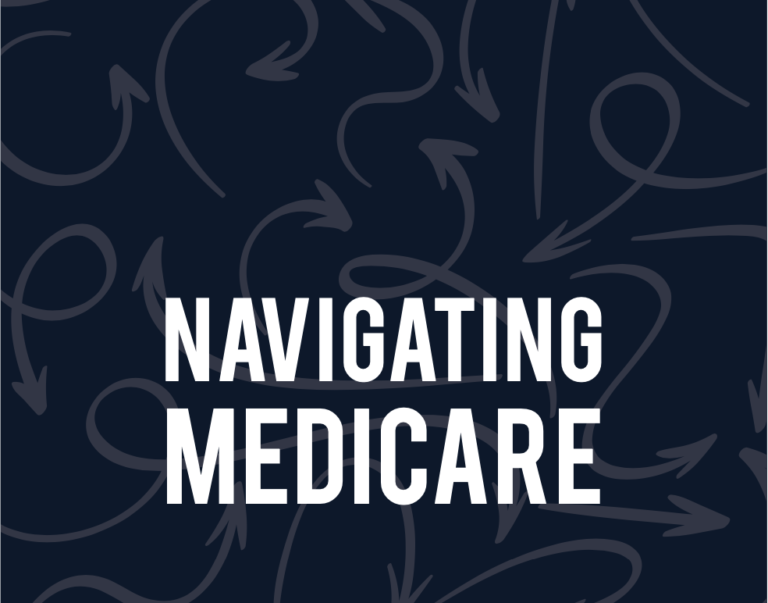A Quick Guide to Medicare
- Why Medicare Matters:
Medicare is the national health insurance program designed primarily for people aged 65 or older. It also covers certain younger people with disabilities or qualifying health conditions, such as End-Stage Renal Disease (ESRD).
- Purpose of the Guide:
To provide a clear, concise breakdown of Medicare Parts A, B, C, and D to help people understand their options and make more informed choices about their healthcare coverage.
Medicare Part A: Hospital Insurance
- What Part A Covers:
- Primarily covers inpatient hospital stays, care in a skilled nursing facility, hospice care, and some home health services.
- Eligibility and Costs:
- Part A is usually premium-free if the person or their spouse has paid Medicare taxes for at least 10 years. If not, there is a monthly premium.
- Deductibles and coinsurance apply for inpatient stays; for instance, there are costs associated with hospital stays longer than 60 days.
- Who Should Consider Part A?
- Almost everyone qualifies for Part A, especially since it’s premium-free for many. It’s the foundational coverage for most people eligible for Medicare.
- Things to Keep in Mind:
- Part A does not cover long-term care or extended nursing home stays. It’s important to plan for costs that may not be covered.
Medicare Part B: Medical Insurance
- What Part B Covers:
- Outpatient care, doctor visits, preventive services, and certain medical supplies and tests.
- Eligibility and Costs:
- Part B requires a monthly premium, which is often deducted from Social Security checks. The premium amount varies based on income.
- There’s an annual deductible, after which beneficiaries pay 20% of the Medicare-approved amount for most services.
- Who Should Consider Part B?
- Part B is essential for those who regularly visit doctors or need outpatient services. For most people, Part B works best alongside Part A.
- Things to Keep in Mind:
- Not enrolling in Part B when first eligible can result in a late enrollment penalty unless one has alternative coverage, like through an employer.
Medicare Part C: Medicare Advantage Plans
- What Part C Covers:
- Medicare Advantage (MA) plans bundle Parts A, B, and often D (prescription drugs) into a single plan managed by private insurance companies.
- Many plans offer additional benefits like vision, hearing, and dental services, which are not included in Original Medicare.
- Eligibility and Costs:
- Enrollees must be enrolled in both Part A and Part B to join a Medicare Advantage plan. Costs vary by plan and location, with most MA plans having their own premiums in addition to the Part B premium.
- Who Should Consider Part C?
- Those looking for all-in-one coverage with extra benefits. It’s also ideal for people who are comfortable using in-network providers.
- Things to Keep in Mind:
- Medicare Advantage plans may have specific network restrictions, which means beneficiaries might need to choose doctors and hospitals within the plan’s network.
Medicare Part D: Prescription Drug Coverage
- What Part D Covers:
- Part D helps cover the cost of prescription drugs, including many recommended vaccines.
- Plans vary in the drugs they cover, with many drugs classified into tiers that determine out-of-pocket costs.
- Eligibility and Costs:
- Part D plans are offered through private insurance companies. Costs include a monthly premium, an annual deductible, and copayments or coinsurance for medications.
- Costs can be higher for beneficiaries with high incomes due to an additional surcharge.
- Who Should Consider Part D?
- Anyone taking regular prescription medications or wanting to protect against high future medication costs should consider enrolling in a Part D plan.
- Things to Keep in Mind:
- The “donut hole” coverage gap may affect out-of-pocket costs for certain drug expenses. However, once expenses reach a threshold, catastrophic coverage begins to minimize costs.
Comparing Original Medicare (Parts A and B) with Medicare Advantage (Part C)
- Flexibility vs. Additional Benefits:
- Original Medicare allows more flexibility in choosing providers. Medicare Advantage, on the other hand, includes additional benefits but often has network restrictions.
- Cost Considerations:
- While Original Medicare may lead to higher out-of-pocket costs, it offers the option to add a Medigap policy to help cover these expenses. Medicare Advantage plans generally have lower premiums but may have copayments or coinsurance.
- Making the Right Choice for You:
- Choosing between Original Medicare and Medicare Advantage depends on individual healthcare needs, financial situations, and preferences for provider networks.
Key Tips for Choosing Your Medicare Coverage
- Assess Your Healthcare Needs:
Evaluate the medical services you currently need or anticipate needing and how frequently you visit healthcare providers.
- Consider Your Budget:
Take into account all costs, including premiums, deductibles, copayments, and coinsurance, to find a plan that aligns with your budget.
- Prescription Drug Needs:
If you take specific medications, ensure they are covered under the plan’s formulary (for Part D) or are affordable with Medicare Advantage’s drug coverage.
- Provider Networks:
For Medicare Advantage, check that your preferred doctors and hospitals are in the network. Original Medicare offers broader provider flexibility.
Common Questions About Medicare Plans
- Do I Need Both Part A and Part B?
- Many people choose both to cover more comprehensive health needs. However, it’s possible to opt out of Part B if you have other qualifying coverage.
- Can I Switch Between Medicare Advantage and Original Medicare?
- Yes, during the annual Medicare Open Enrollment Period (October 15 to December 7), or in specific situations like a move out of a service area.
- How Often Can I Change My Part D Plan?
- Changes to Part D plans can also be made during the Open Enrollment Period each year, allowing flexibility as medication needs change.
Conclusion
The Importance of Informed Choices:
Choosing the right Medicare plan can impact your health and finances. Understanding the options in Parts A, B, C, and D is crucial for finding the coverage that best fits your needs.
Next Steps:
Encourage readers to review their options, consult Medicare.gov for updated information, or reach out to a Medicare counselor for personalized guidance.
Read More Blog
Follow Us On:- Facebook








